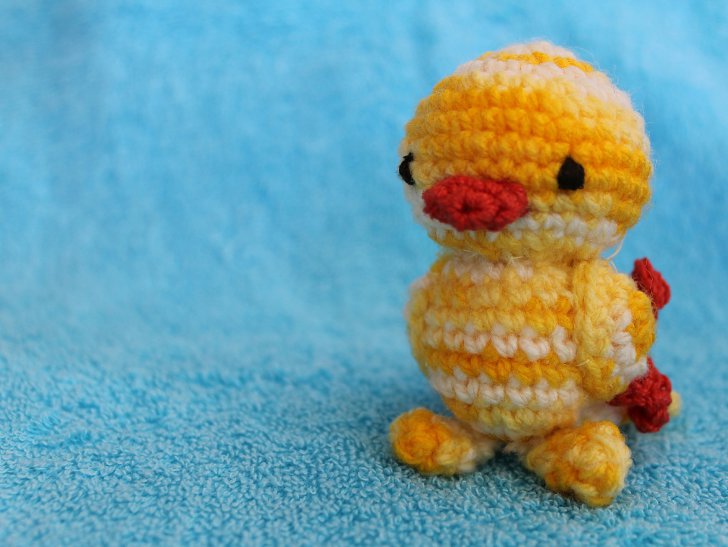The word amigurumi is a portmanteau of two Japanese words: ami (knitted or crocheted) and nuigurumi (stuffed doll). Although amigurumi are sometimes used as children’s toys, they are generally made and purchased purely for aesthetic purposes. The art of amigurumi has been known in Japan for a few decades, but it only became popular in the West during the early 2000s. Its popularity has been increasing ever since, but amigurumi is still a developing craft.
The World Amigurumi Exhibition was founded by RESOBOX to promote the art of amigurumi. RESOBOX is a New York-based Japanese cultural community for Japanese artists and non-Japanese artists inspired by Japanese culture and arts. It was created by Fumio Tashiro and Takashi Ikezawa as a Japanese art gallery outside of Japan with an extended mission.
The inaugural World Amigurumi Exhibition took place in 2014. It featured about 4,000 amigurumi pieces made by more than 140 artists. For two and a half months, RESOBOX Gallery was transformed into an “amigurumi room” filled to the brim with cute handmade creatures. The main goal of the exhibition was to highlight the concept of amigurumi as an art that began in Japan, but is now popular among knitters and crocheters around the world.
The World Amigurumi Exhibition has been growing since its inception. Each year, the organizers explore different possibilities of amigurumi with new shapes and ideas. For example, the 2017/2018 edition of the event focused on amigurumi items that can be used in daily life, such as scarves, wallets, tissue box covers, etc.
The exhibition features artists from Argentina, Australia, Bosnia and Herzegovina, Botswana, Brazil, Bulgaria, Canada, Colombia, Croatia, Denmark, El Salvador, France, Germany, Greece, Hong Kong, Indonesia, Ireland, Israel, Italy, Japan, Kazakhstan, Kuwait, Lithuania, Mexico, the Netherlands, New Zealand, Peru, Poland, Portugal, Romania, Russia, Serbia, Singapore, Slovakia, Slovenia, Spain, Sweden, Switzerland, Thailand, Turkey, Ukraine, the UAE, the UK, the USA, Vietnam and other countries, demonstrating that the art of amigurumi is truly international.





